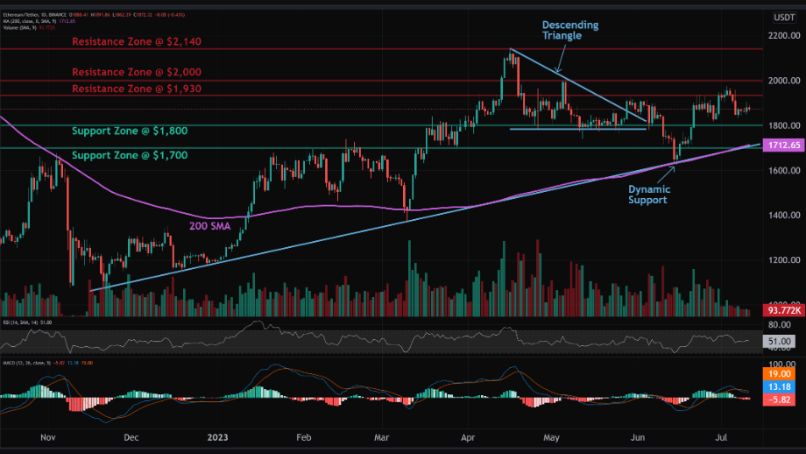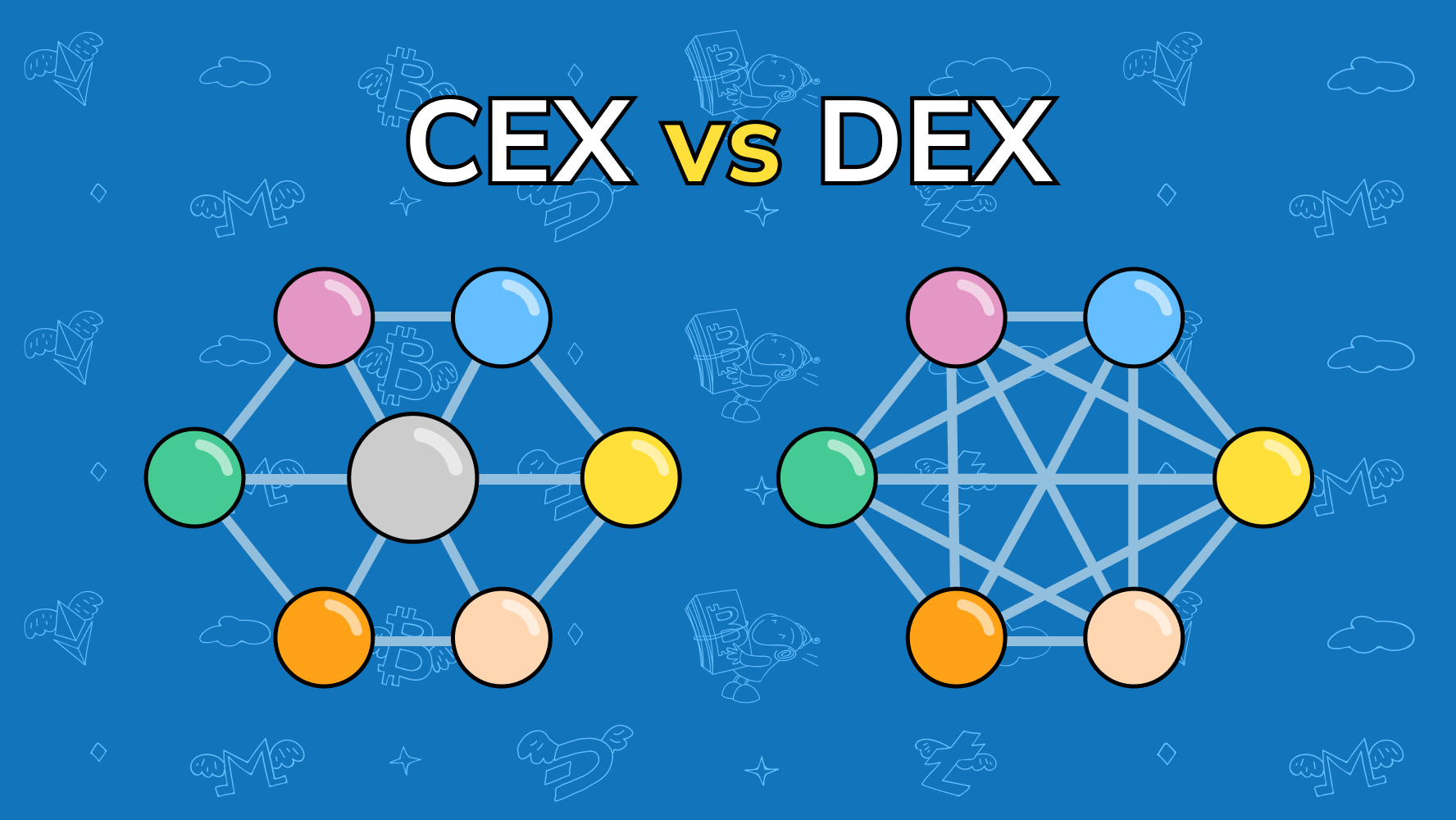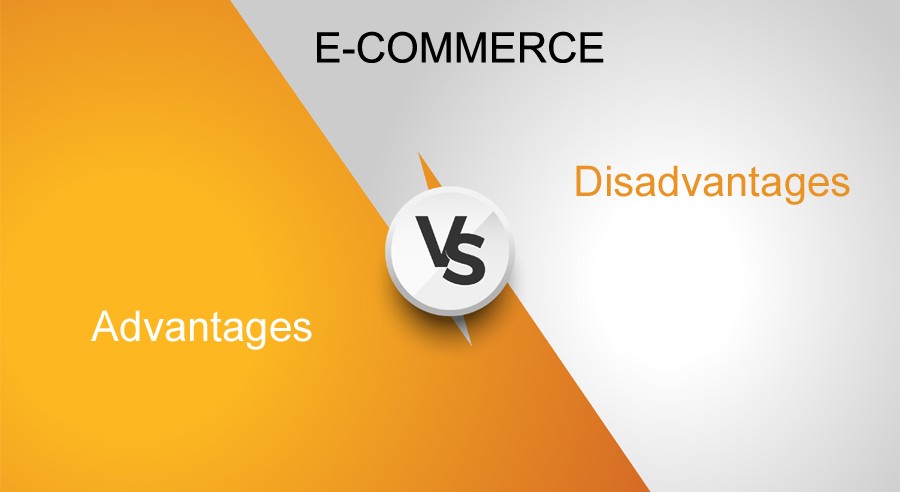
If you’re looking to immigrate to the United States or reunite with a family member who is already a permanent resident, family-based visas offer various options. This immigration process is typically initiated by a U.S. citizen or lawful permanent resident who acts as the sponsor for their family member. Understanding the eligibility criteria for both sponsors and beneficiaries is essential in this journey.
Key Eligibility Requirements for Family Immigration
1. Sponsor’s Responsibilities:
To qualify for family immigration, the sponsor must demonstrate they meet specific income requirements, ensuring they can support the beneficiary. They must also provide proof of adequate housing. Depending on the type of family visa, additional documentation may be necessary, such as proof of marriage for spousal visas or evidence of parentage for child visas.
2. Age Criteria:
The age of the family member plays a crucial role in sponsorship eligibility. Parents can sponsor children under the age of 21, while spouses can be sponsored regardless of age.
3. Medical Examination:
All beneficiaries must undergo a medical examination to confirm they do not carry any communicable diseases that could pose a public health risk.
Steps to Apply for a Family Visa
Once the sponsor and beneficiary determine they meet the eligibility criteria, they can start the application process for a family visa.
Step 1: Petition Filing
The first step involves the sponsor submitting a petition to the U.S. Citizenship and Immigration Services (USCIS). This petition must include proof of the relationship between the sponsor and the beneficiary, alongside evidence of the sponsor’s income.
Step 2: USCIS Review
After filing, the USCIS will review the petition and issue a decision. If approved, the case will be forwarded to the National Visa Center (NVC), which will provide further instructions to both the sponsor and beneficiary regarding the visa application process.
Step 3: Visa Application
The beneficiary must then complete and submit a visa application. This application requires various documents, including proof of the sponsor-beneficiary relationship, the sponsor’s income documentation, and the results of the medical examination.
Step 4: Consular Review
Once submitted, the visa application will be reviewed by a consular officer, who will conduct an interview with the beneficiary. Additional information or documents may be requested. If the officer determines that all requirements for the family visa have been met, they will issue the visa.
Conclusion
Navigating family-based immigration can be complex, but understanding the eligibility criteria and application process can make it more manageable. Whether you are a sponsor or a beneficiary, being informed about the requirements can significantly ease your journey toward reuniting with your loved ones in the U.S.







